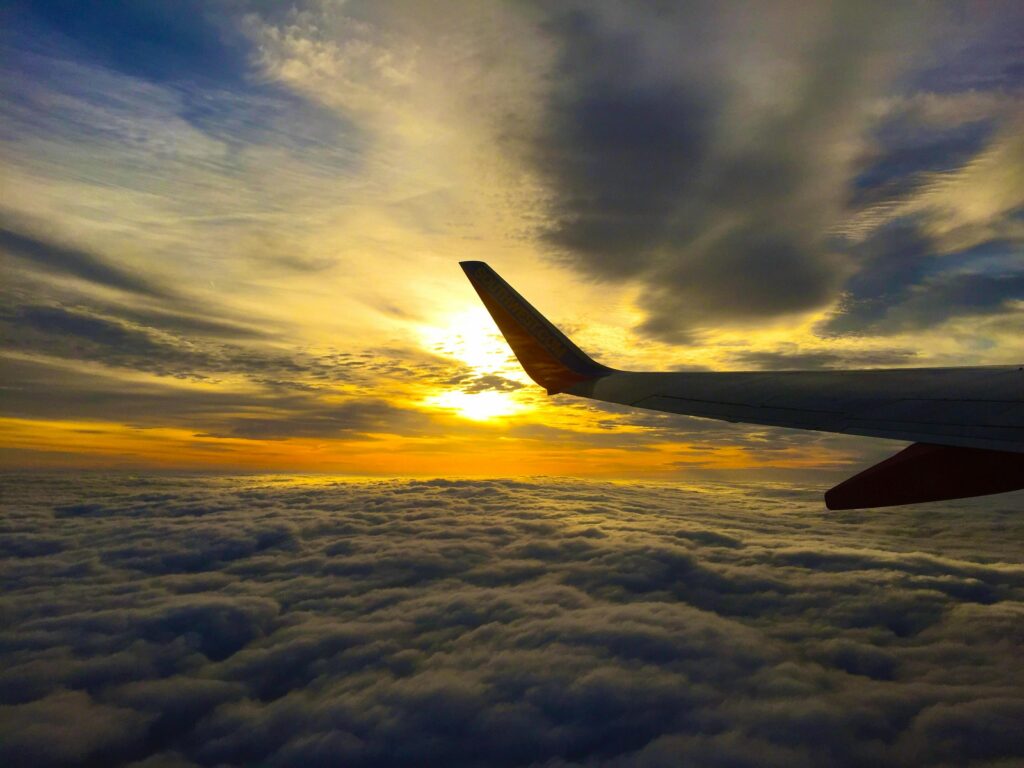When comparing First Class versus Business Class on flights to Europe, there are several key distinctions that can help travelers decide which option is the best fit for their needs and preferences. Below is a breakdown of the major differences between the two classes in terms of comfort, service, and value:
1. Seat Comfort and Space
- First Class: First class offers the epitome of luxury in air travel, with fully private suites or enclosed pods that allow for complete privacy. Seats often convert into fully flat beds, sometimes with additional features like a mattress topper or sleepwear. The amount of personal space is significantly higher, providing more room for stretching out and relaxing. Some airlines even offer shower facilities onboard in first class.
- Business Class: Business class also provides a high level of comfort, with flat-bed seats that recline to 180 degrees, though they are typically less spacious than those in first class. Privacy varies by airline, with some business class cabins offering semi-enclosed pods, while others may have open seating arrangements. Though comfortable, the overall luxury experience is less extravagant compared to first class.
2. In-flight Service
- First Class: In first class, the service is top-tier, with a very low passenger-to-crew ratio ensuring personalized attention. Expect curated gourmet dining with à la carte menus, often designed by renowned chefs, and premium beverages such as rare wines or top-shelf spirits. Passengers may have access to additional perks, such as caviar service or a personal in-flight chef on some airlines.
- Business Class: Business class service is also attentive and professional, though not as exclusive as first class. Meals are still gourmet, often with multiple courses and a good selection of beverages, but may not be as tailored or extensive. The overall experience is still premium, but without the extra touches of indulgence found in first class.
3. Entertainment and Amenities
- First Class: First-class passengers enjoy the best of in-flight entertainment with high-definition screens, noise-canceling headphones, and a wide range of movies, TV shows, and music. Amenities can include luxury toiletry kits with designer products, pajamas, and slippers. Some airlines also offer onboard bars or lounges specifically for first-class passengers.
- Business Class: Business class offers excellent in-flight entertainment with high-quality screens and headphones, though the screen size may be slightly smaller than in first class. Amenity kits are provided but typically contain more basic items. The overall level of pampering is slightly lower, with fewer exclusive perks.
4. Airport Experience
- First Class: First-class passengers are treated to exceptional ground services. Many airlines offer private check-in areas, fast-track security, and access to exclusive first-class lounges, which often include gourmet dining, spa services, and even private suites or showers. Some airlines provide chauffeur-driven car services to and from the airport for first-class customers.
- Business Class: Business class passengers also receive premium ground services, including priority check-in, security, and boarding. Business class lounge access is available, offering comfortable seating, refreshments, and workspaces, though these lounges are often shared with frequent flyer members or other premium passengers.
5. Cost
- First Class: The price of first-class tickets is significantly higher than business class. Depending on the route and airline, the difference can be thousands of dollars. First class is often considered a “once-in-a-lifetime” experience for many travelers due to the cost.
- Business Class: Business class provides a more affordable option for travelers seeking luxury. While still expensive compared to economy or premium economy, the difference between business and first class can be substantial, making business class a more accessible choice for premium travel.
6. Value for Money
- First Class: First class offers the ultimate in luxury, but for many travelers, the significant price difference may not justify the extra expense, especially on shorter flights to Europe where the benefits, such as a lie-flat bed, are also available in business class.
- Business Class: Business class strikes a better balance between cost and comfort, offering most of the luxury features that travelers need for long-haul flights to Europe without the exorbitant price tag of first class. For many, the lie-flat seat, excellent service, and lounge access are enough to ensure a comfortable and relaxing journey.
7. Availability
- First Class: Not all airlines offer first class on their flights to Europe, and the number of first-class seats is usually very limited, making them harder to book, especially using miles or points. Additionally, some airlines have eliminated first class entirely, opting for more business-class seats.
- Business Class: Business class is available on most major airlines flying to Europe, and it is usually easier to book compared to first class. Many airlines now focus heavily on improving their business class experience, making it the premium choice for many frequent travelers.
Conclusion:
If you’re seeking the absolute best in luxury and don’t mind paying a premium for it, first class delivers a one-of-a-kind experience that includes unparalleled service, privacy, and comfort. However, for most travelers, business class provides a high level of comfort and luxury, with lie-flat seats and excellent service, at a more reasonable cost, making it the better value for money when flying to Europe.




